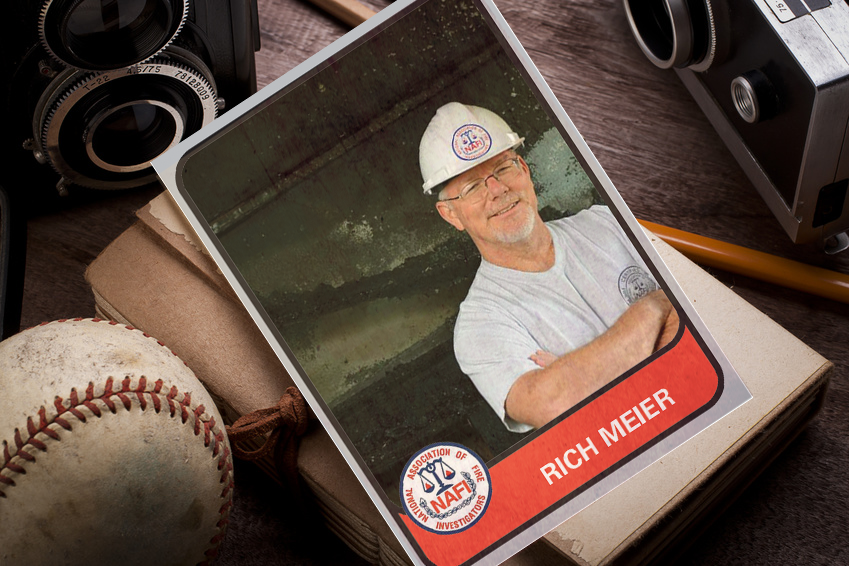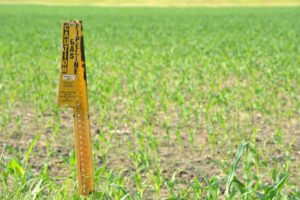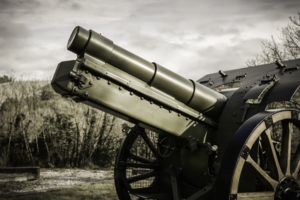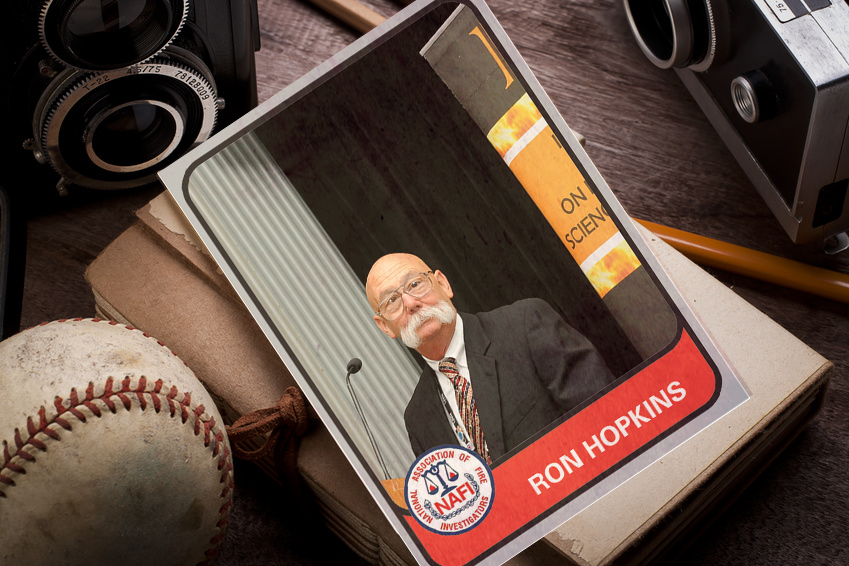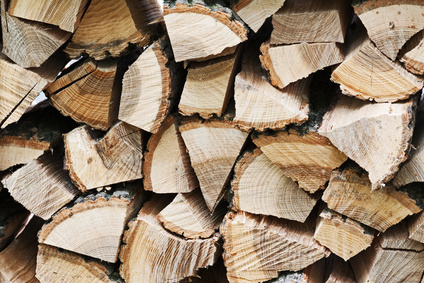One of the most destructive fires in the history of the city occurred on 18 June 1875, when a disastrous fire in the Liberties area of the city saw burning whiskey flow through the streets of the area like lava. A malt house and a bonded warehouse went up in flames, leaving the burning liquid to flow down Ardee Street and Mill Street. The fire began just after 8pm, and contemporary news reports give an idea of just how much burning booze was involved, with the Illustrated London News reporting:
The fire was at Reid’s malt-house and Malone’s bonded warehouse, in the Liberties. The former had above £2000 worth of malt in it, and the latter, which immediately adjoins it, had 1800 puncheons of whisky, the property of various distillers, and worth £54,000.
